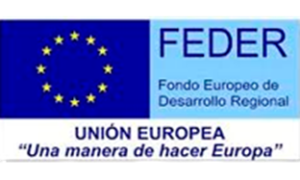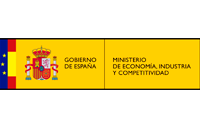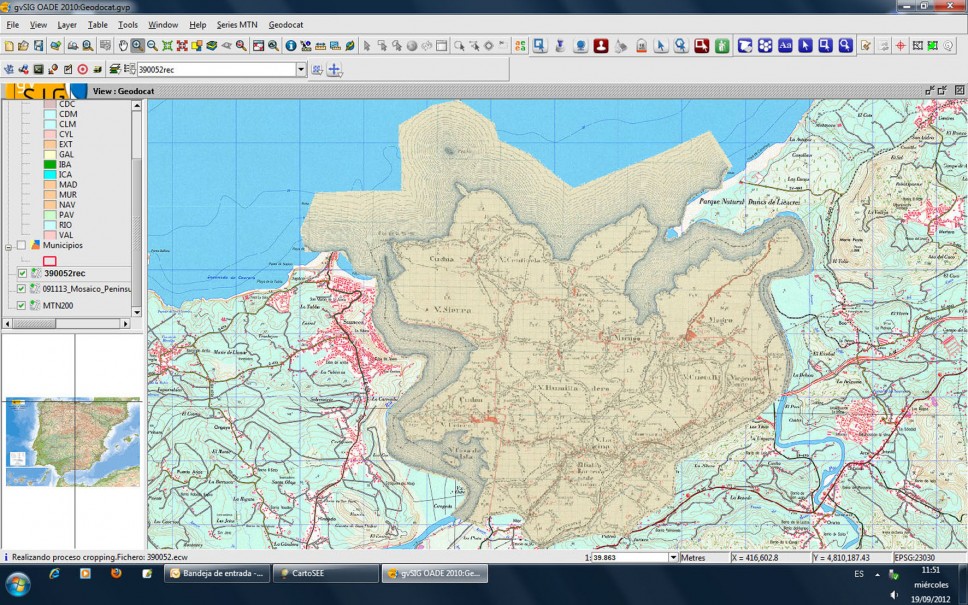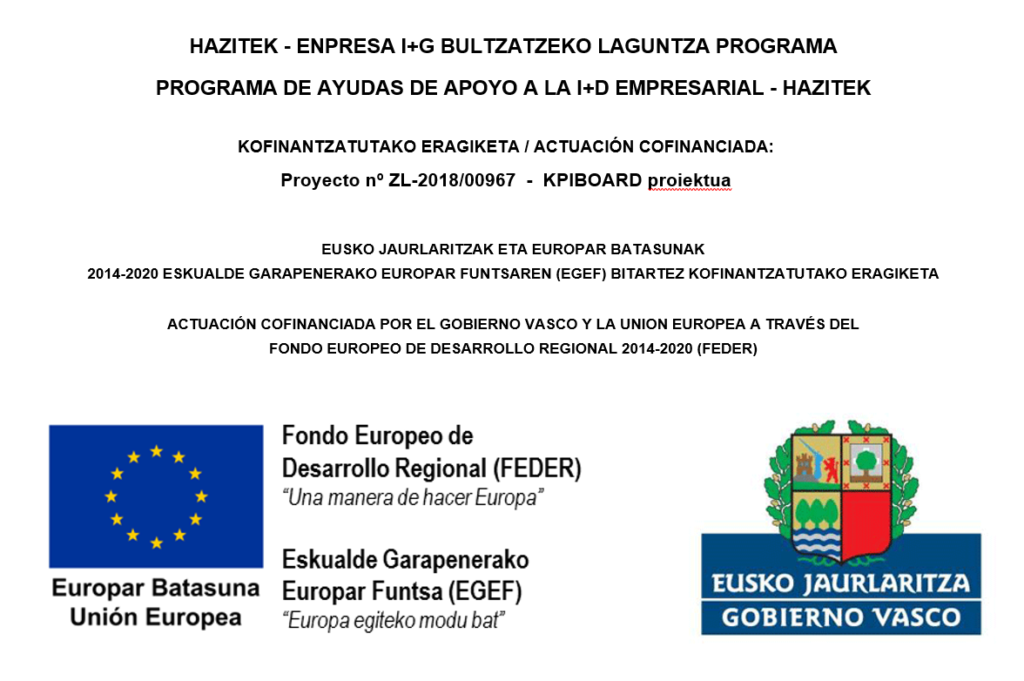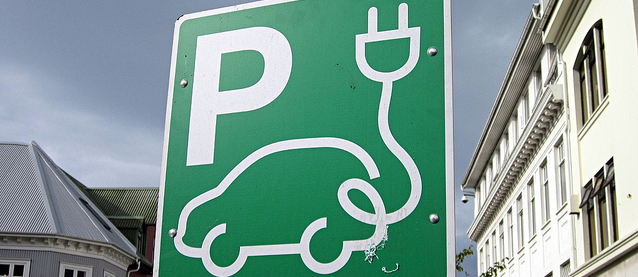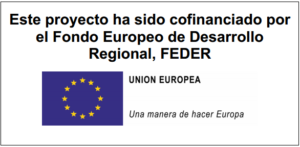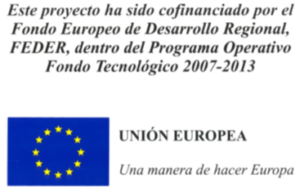DINSA, together with the University of Salamanca and the University of Vigo, is leading the R&D project for the design and construction of a device capable of providing detailed information on buildings for the preparation of energy audits. The device will be able to introduce the data in the energy qualification programs authorized by the IDAE. The acquisition of data is obtained by means of geolocation, image and thermography devices incorporated into land or air vehicles. In this way, three-dimensional maps are generated with all the information of the thermal envelope of the buildings in a geographically localized way.
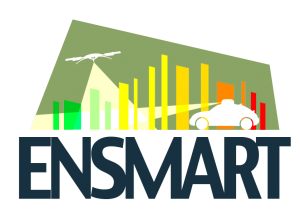
The current century is destined to be the century of intelligent cities, smart cities (SC), with SC being one of the most powerful tools in public policy in the spheres of cities in the coming years. The latest figures speak of urban populations far surpassing rural populations and estimates suggest that by 2050 the urban population will reach 70% worldwide.
Focusing this problem on the energy sector, it is estimated that cities are currently responsible for 75% of the world's energy expenditure and generate 80% of the gases responsible for the greenhouse effect. All this points to an exponential growth and transformation of cities in recent years, where cities will become truly complex ecosystems and where energy needs will inevitably increase. Under these circumstances, smart cities become the perfect and integral system with which to aspire to an efficient and sustainable management of energy in urban environments, especially when rising energy prices are forcing companies and households to optimize their consumption. Furthermore, the world is facing the challenge of climate change, so reducing CO2 emissions, making increasingly efficient use of energy while increasing the use of renewable energies (photovoltaic, geothermal, wind, biomass, etc.) is essential to achieve the objectives set.
Particularly in the case of Spain, our country ranks seventh in energy dependence of the EU-27 with a rate of 81.4% in 2009. Specifically, energy consumption for services associated with buildings accounts for approximately one third of EU energy consumption and nearly one third of total CO2 emissions, above the consumption derived from industrial activity or transport. For this reason, the rationalisation of energy consumption has become a priority in national and European energy policy. Within the framework of security of energy supply (Green Paper on security of supply), as well as the commitments undertaken to combat climate change (Kyoto protocol, Copenhagen agreements 2009, Cancun agreements 2010) are framed regulations such as European Directive 2002/91/EC of the European Parliament and of the Council on the energy performance of buildings, the National Energy Saving and Efficiency Activation Plans 2008-2011, the State Housing and Rehabilitation Plan 2009-2012, European Commission measures "EC 20/20/20" (2008) and directive 2010/31/EC (2010) on the energy efficiency of buildings. In short, environmental and sustainability awareness is being irreversibly embodied in regulations that systematically set minimum energy efficiency and renewable resources in all areas of building.
The need to optimise resources, cut costs and reduce the environmental impact on public administrations and private companies has led in recent years to the development of services aimed at improving energy efficiency in buildings and other facilities. This market reached 800 million euros in 2009, double the figure recorded in 2006. In 2010, the market is estimated to have grown by 15%. The public sector generated 70% of turnover, having so far acted as the main driver of business growth, developing government policies to meet the objectives of EU regulations on energy saving and efficiency. The sector presents favourable prospects in the medium term, considering the growing development of the regulatory framework, the creation of public energy efficiency plans and the improvement of the knowledge of the service by potential customers. The Ministry of Industry's Energy Saving Plan 2004-2012 includes actions on the building envelope that affect 5% of the building stock, which means acting on 91 million m2, and measures on thermal installations that extend to 50% of boilers and cold groups.
On the other hand, carrying out a precise and reliable energy audit of cities becomes more difficult the denser and more complex the nature of their constructions, and it is especially complex to guarantee the security and safeguarding of cities in terms of energy supply. In this sense, having three-dimensional maps that show great precision and reliability in their geometry is vital for efficient energy management, as well as in the integration of renewable energy sources. On the other hand, having a city in three dimensions with all its geolocalized components integrating energy information provided by the services, the consumers themselves and even the transport systems, will make it possible to carry out numerical simulations in energy terms that can serve as a tool for decision support, problem solving and optimization of energy expenditure.
Under the umbrella of the smart cities, there are five pillars on which the energy issue is based:
- Smart grids, referring to the intelligent management of energy distribution;
- Smart Generation and Storage, referring to the self-generation and storage of energy from renewable sources.
- Smart Energy Management, referring to the efficient management of the final use of energy.
- Smart and Informed Customer, referring to informing, raising awareness and helping citizens towards responsible consumption.
- Smart environmental monitoring, referring to the monitoring of environmental parameters such as air quality, water quality, noise, humidity, temperature, pollen concentration, etc. In this way, the variable of time becomes the cornerstone for transforming three-dimensional urban maps and giving them life, showing great differences between the different phases of the day, or between weekends and working days.
It is estimated that efficient energy management could reduce greenhouse gas emissions by as much as 8% to 15%, and for intelligent buildings this could be as much as 30% to 50%. On the part of the consumer, if he is properly informed, aware and helped, he could achieve a reduction of between 5% and 15% of his energy consumption.
Through the present project entitled "
ENERGY MODEL FOR SMART CITIES" the consortium formed by
DINSA, MARSAN INGENIEROS, INGENIERIA INSITU, UNIVERSIDAD de VIGO and
UNIVERSIDAD de SALAMANCA, will develop integrated tools, methodologies and solutions to acquire qualitative and quantitative information on the thermographic behaviour of areas or neighbourhoods in urban environments that improve the visible information on which conventional cameras can provide.
Project co-financed by the Ministry of Economy and Competitiveness and the European Regional Development Fund with file number IPT-2012-1092-120000, with a loan of 505,580.43€.


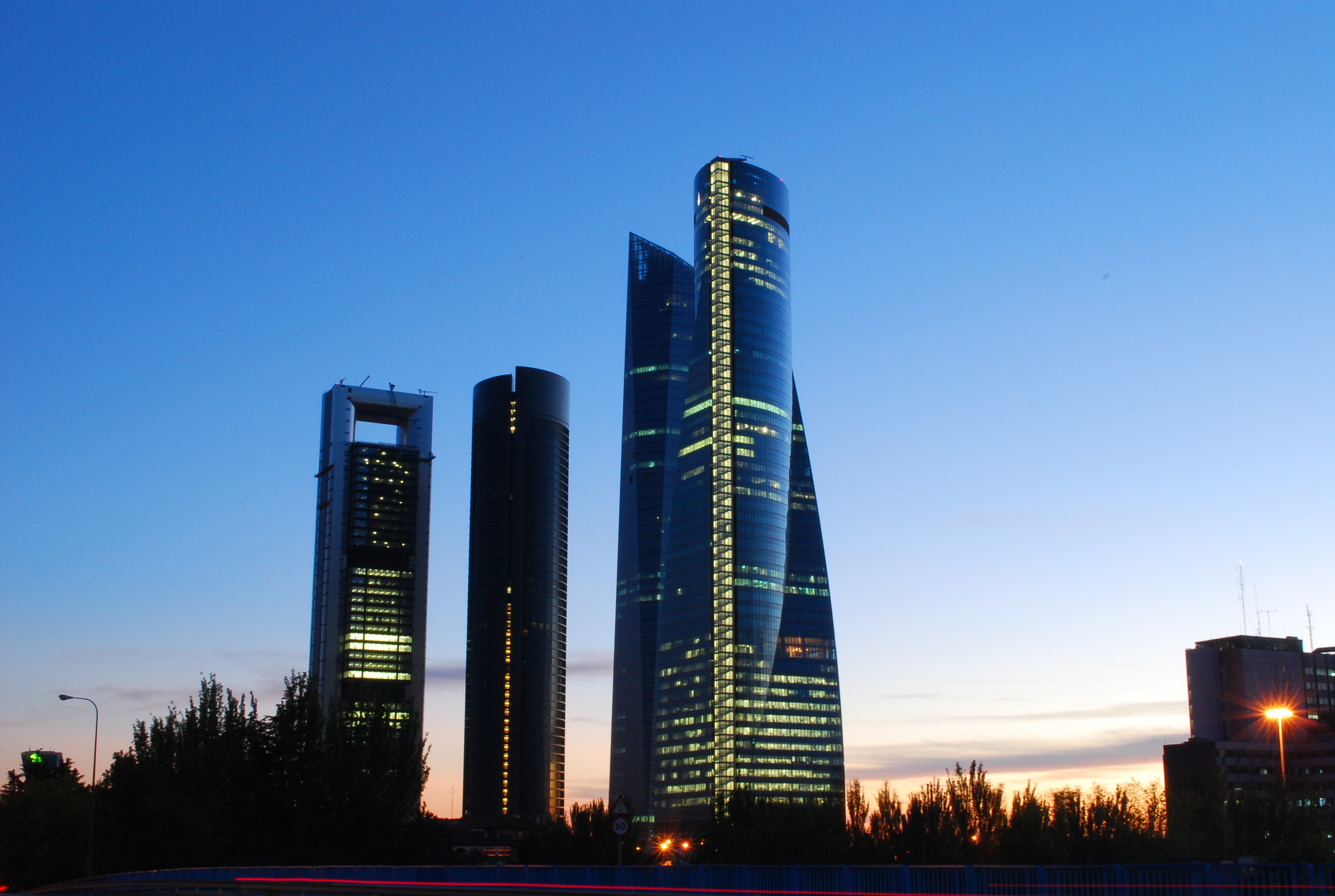
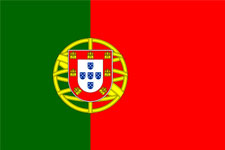





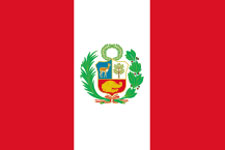
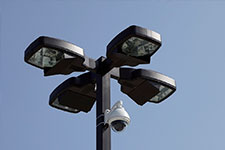




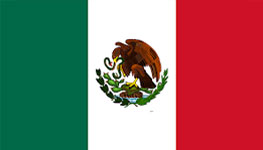









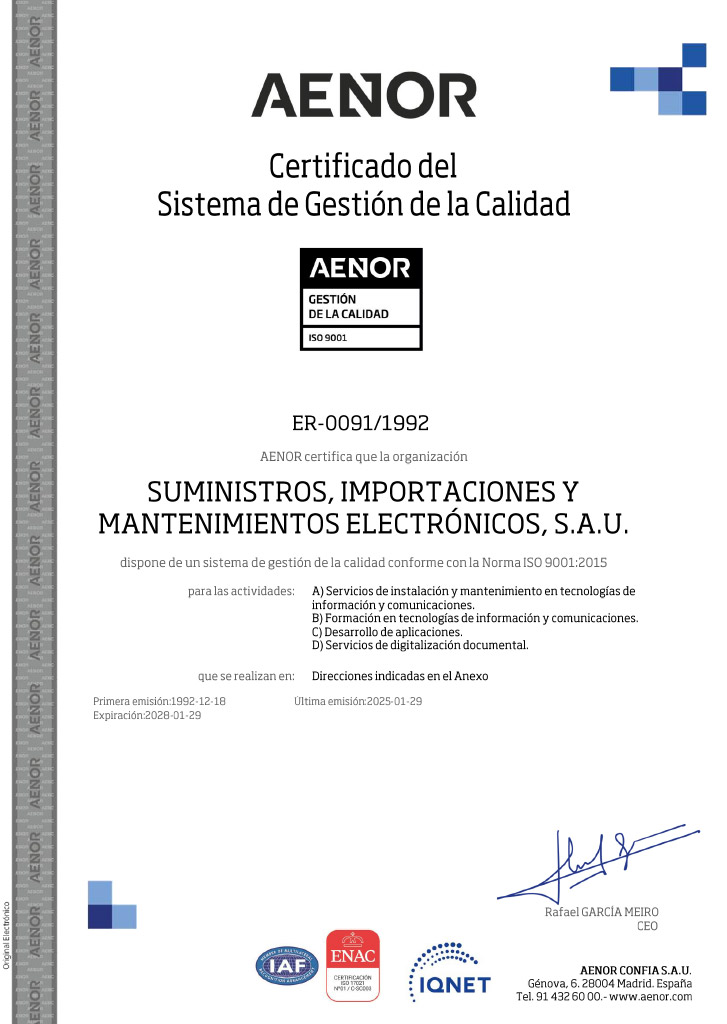
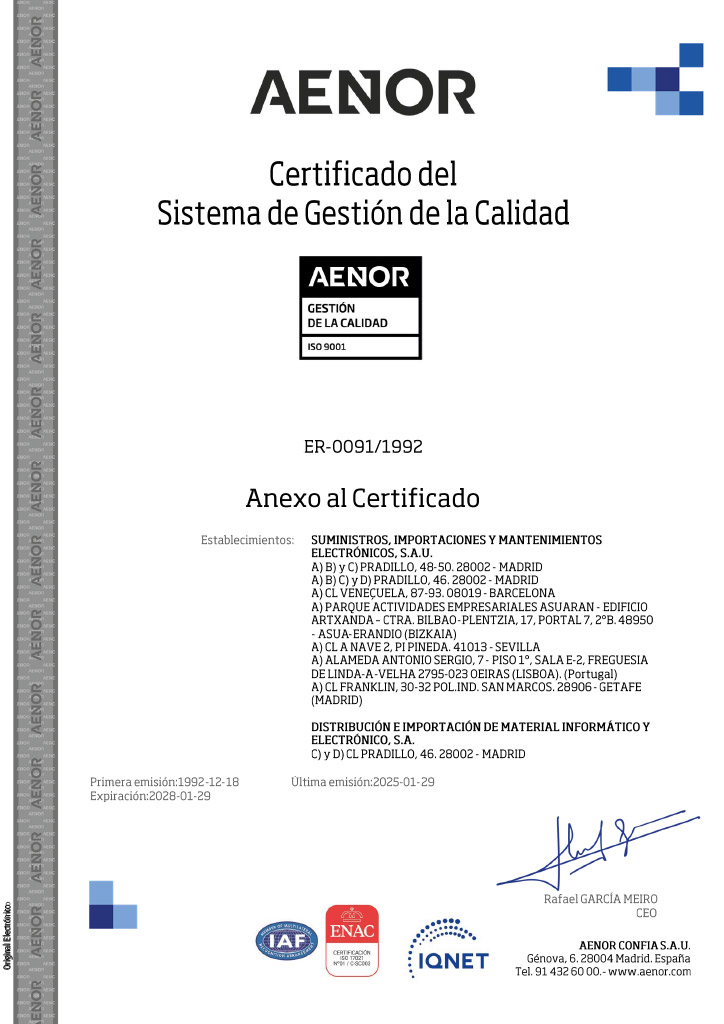
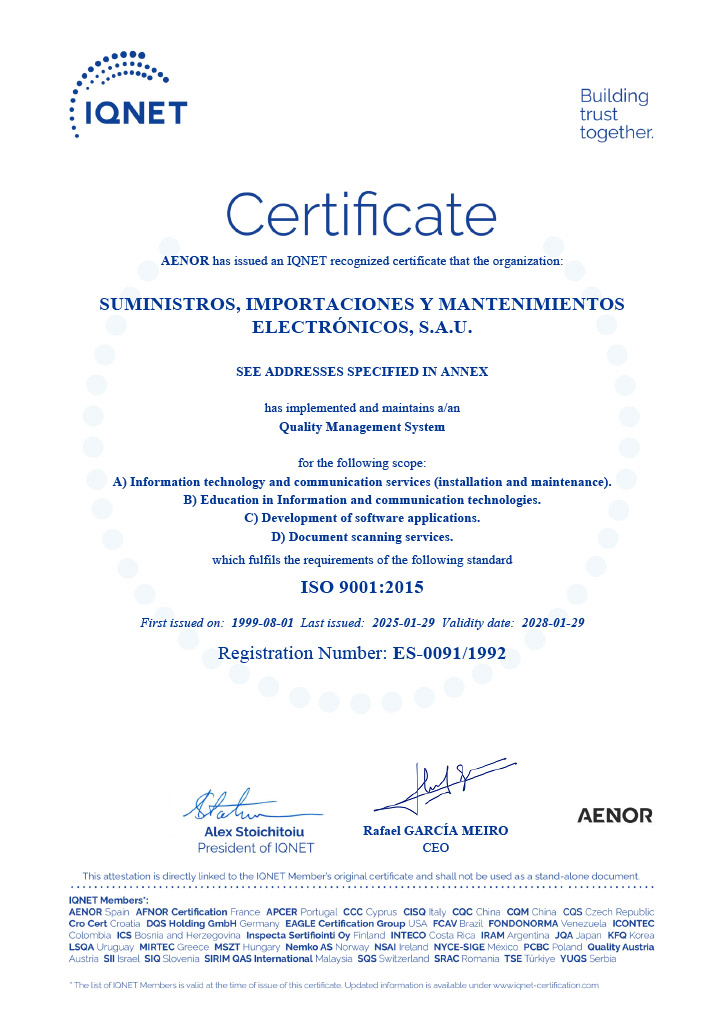
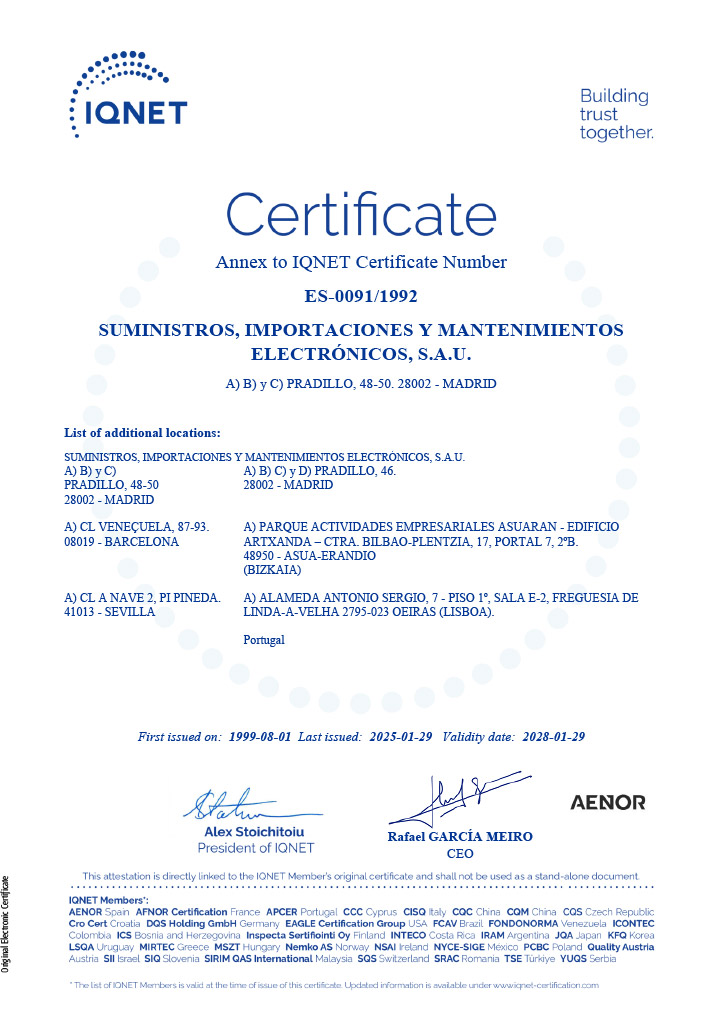
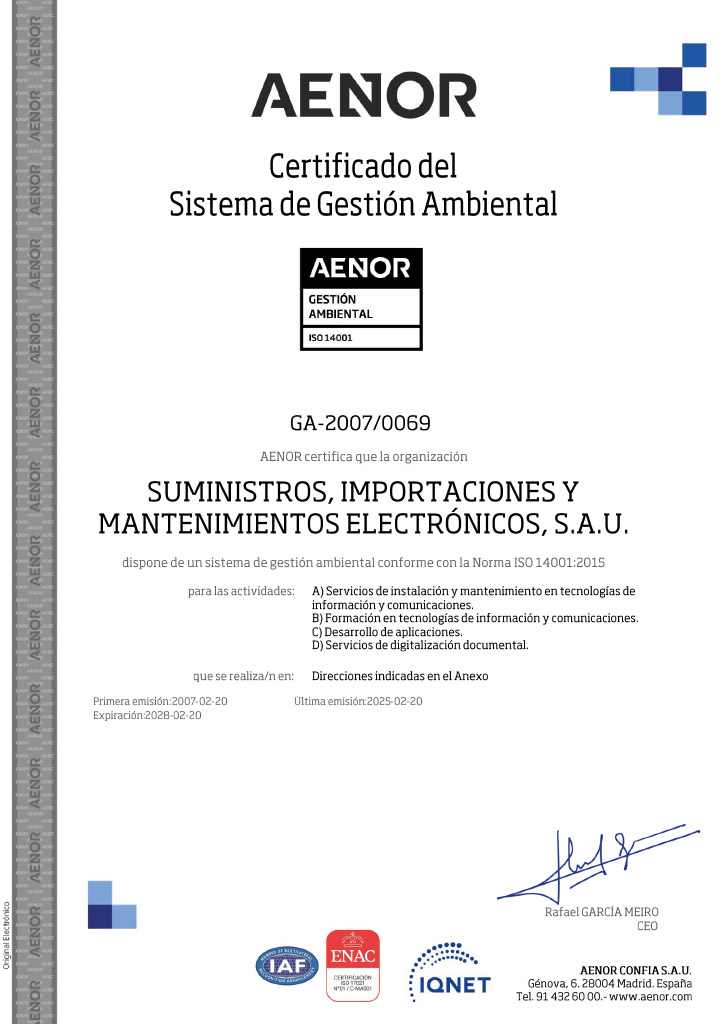
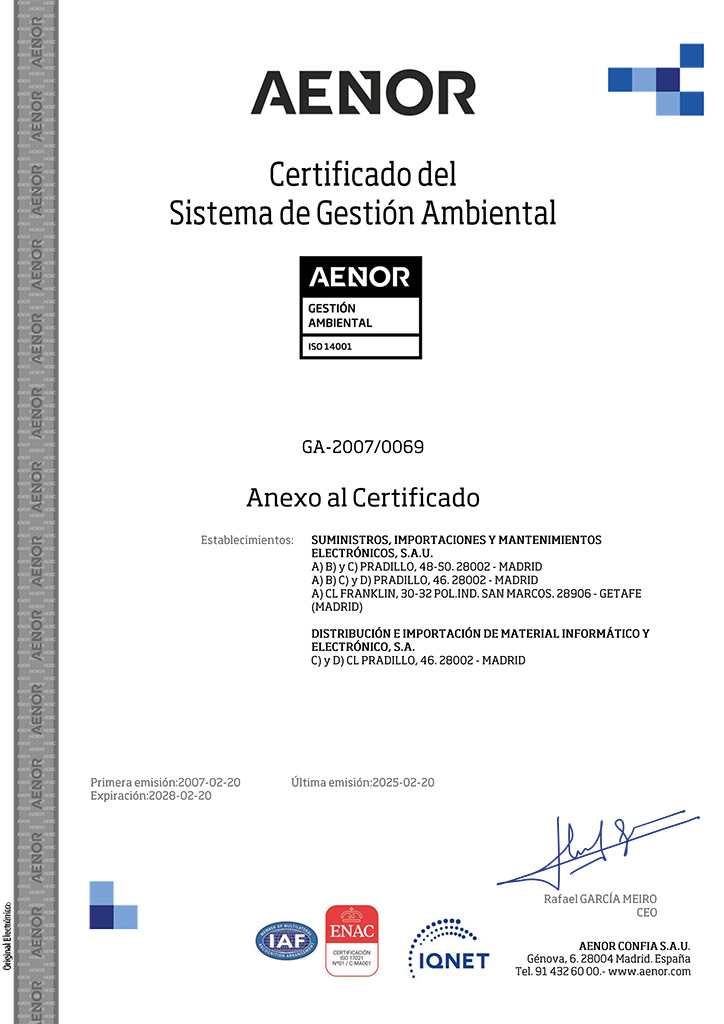
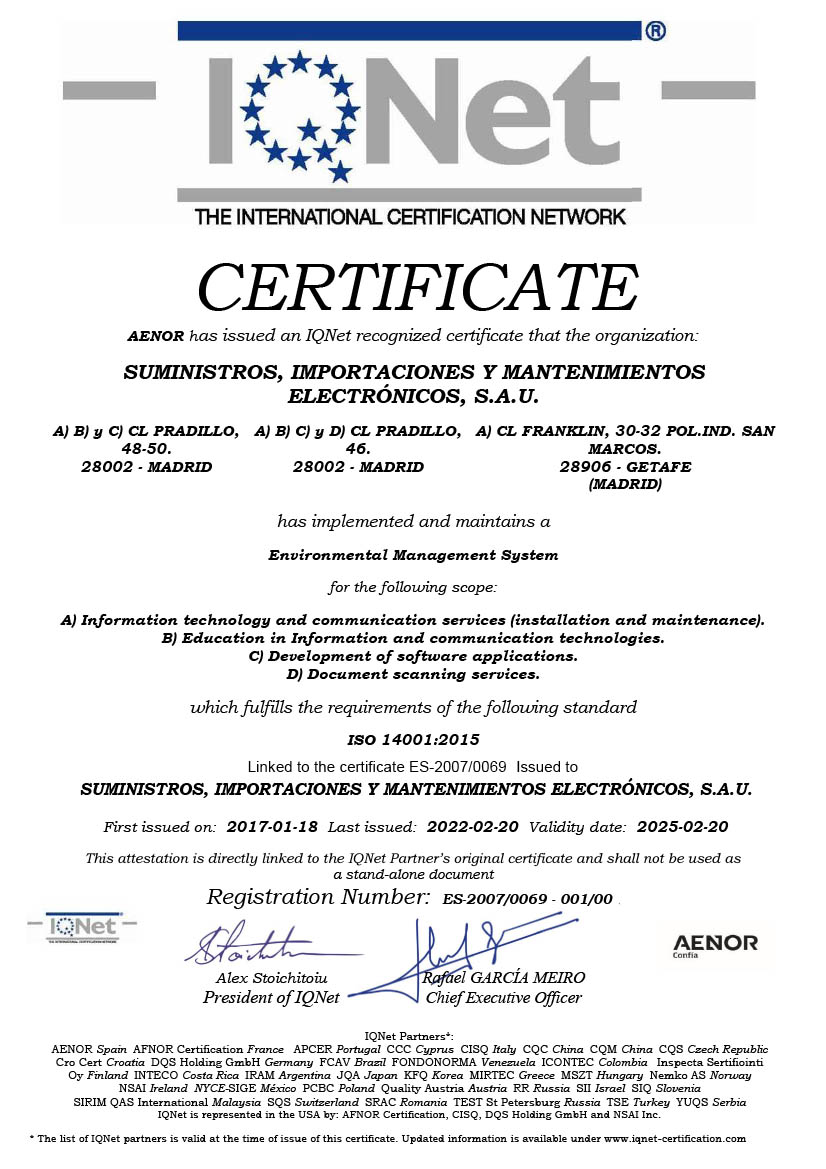
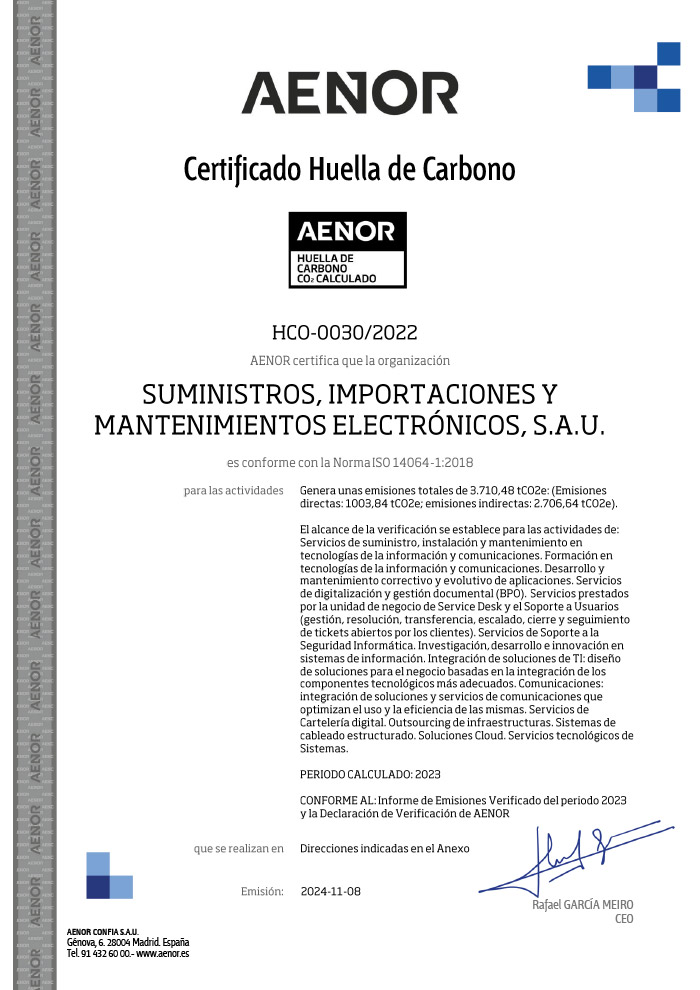
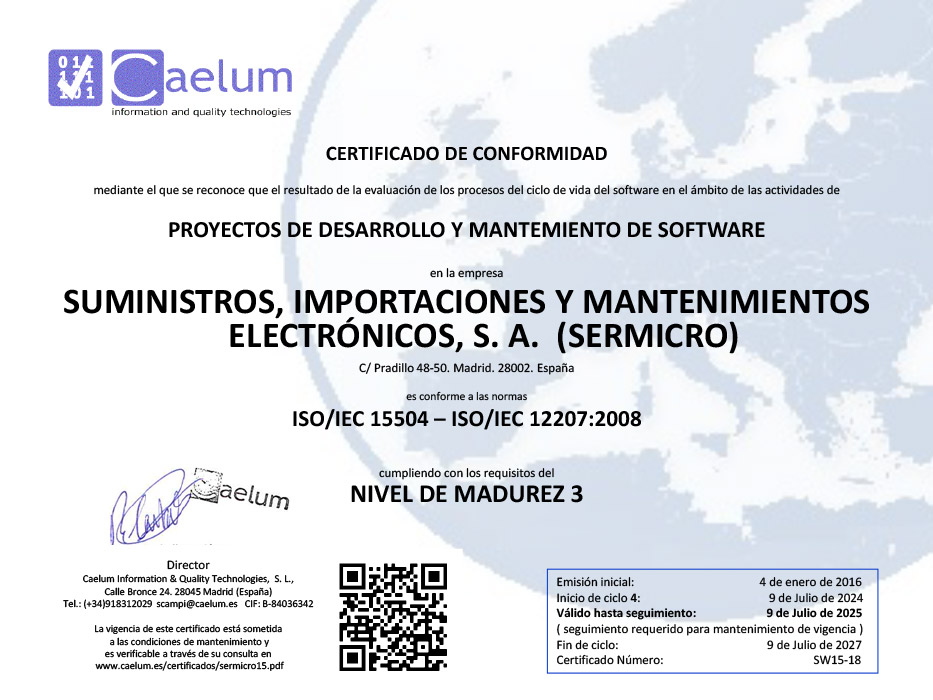
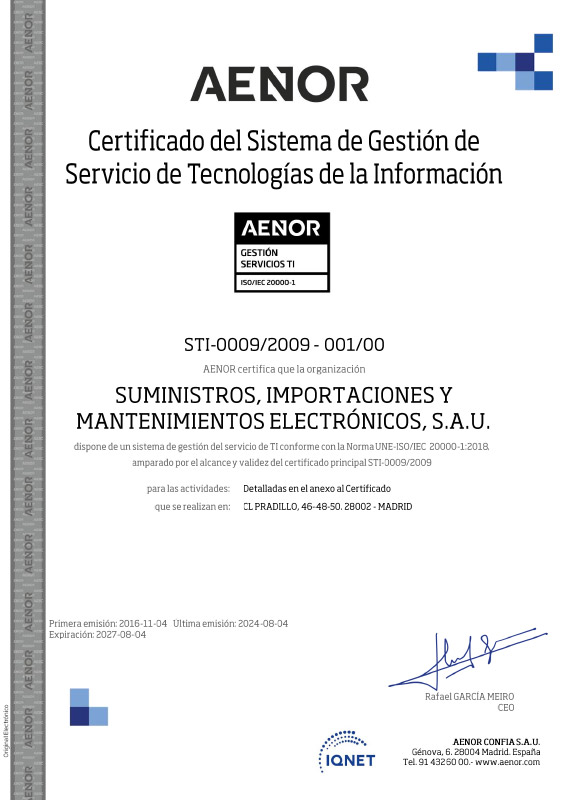
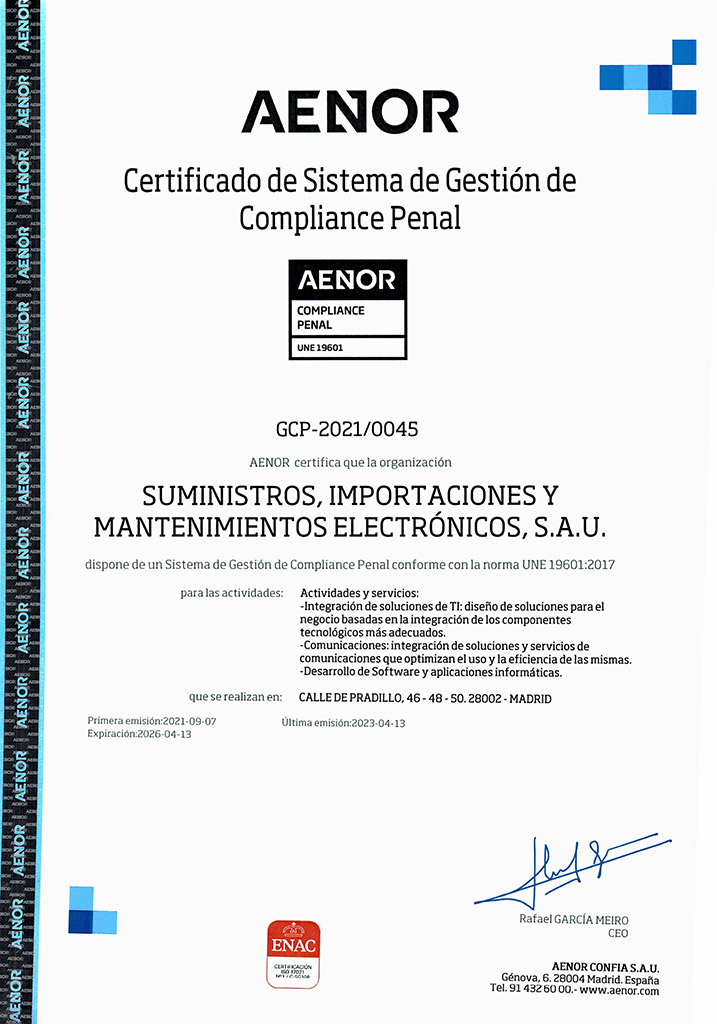
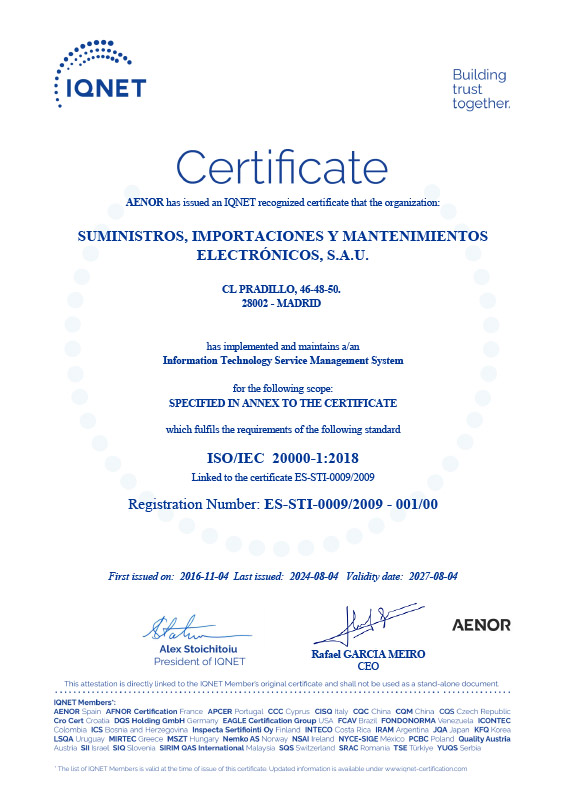
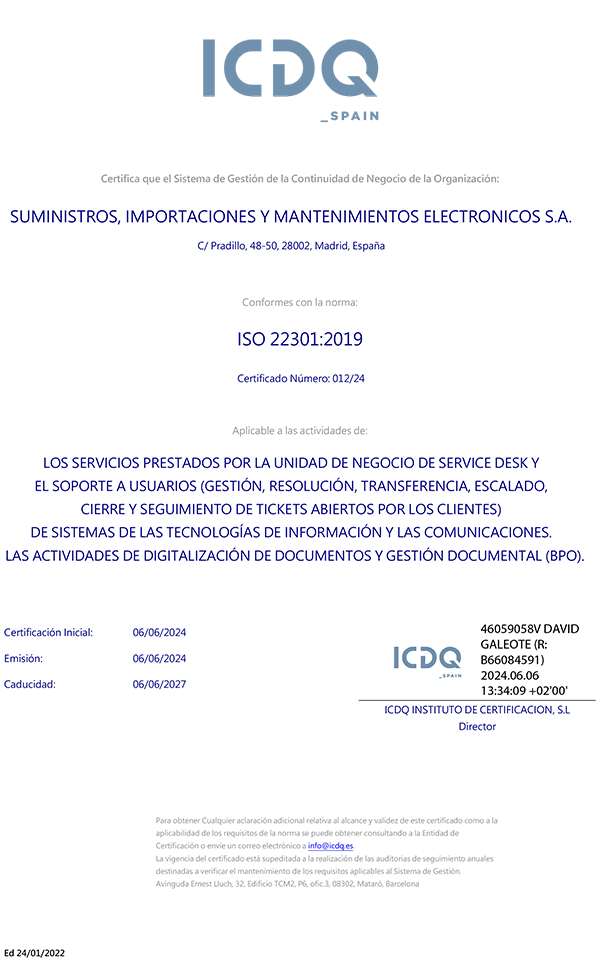
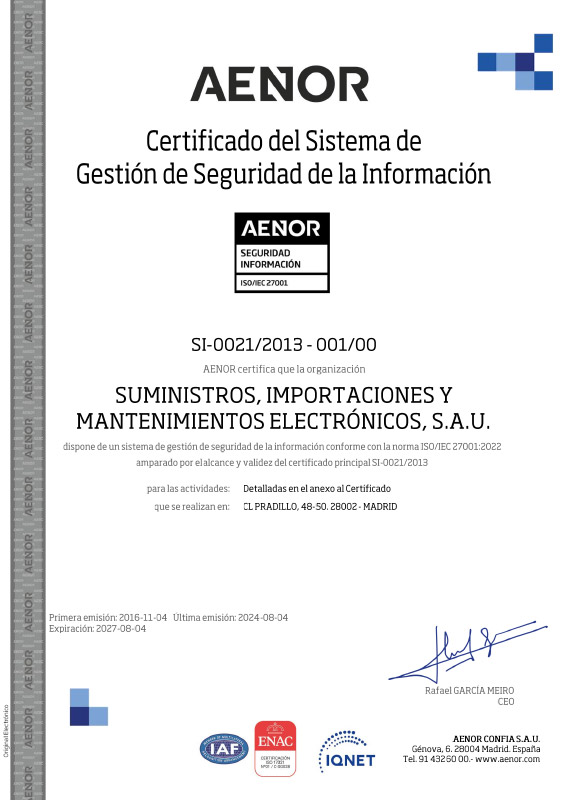
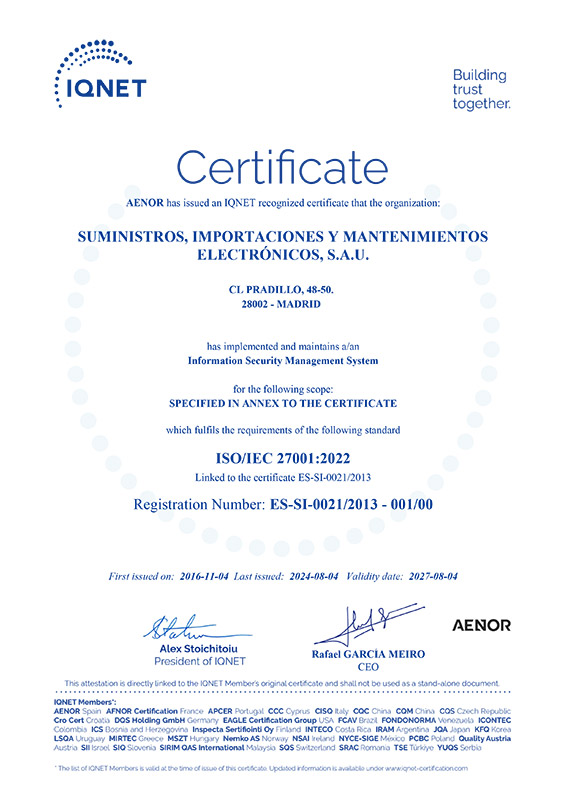
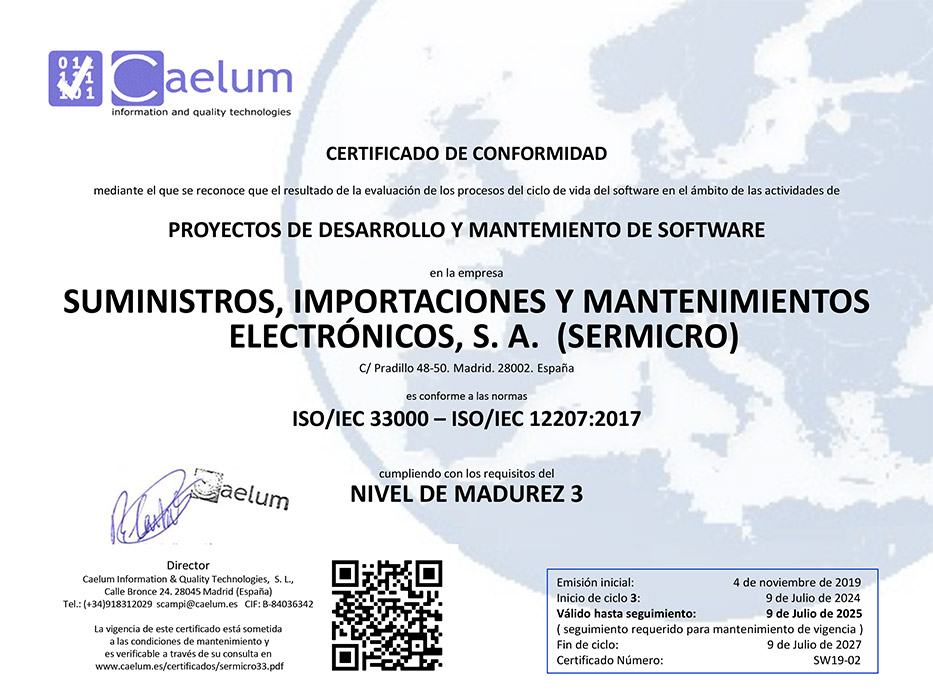
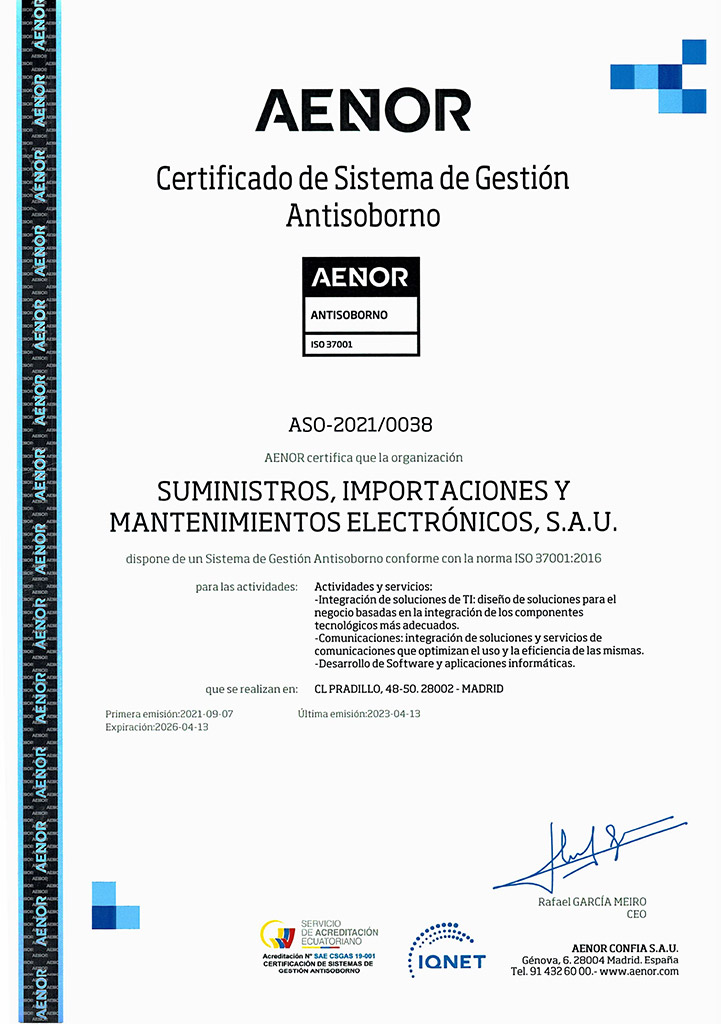
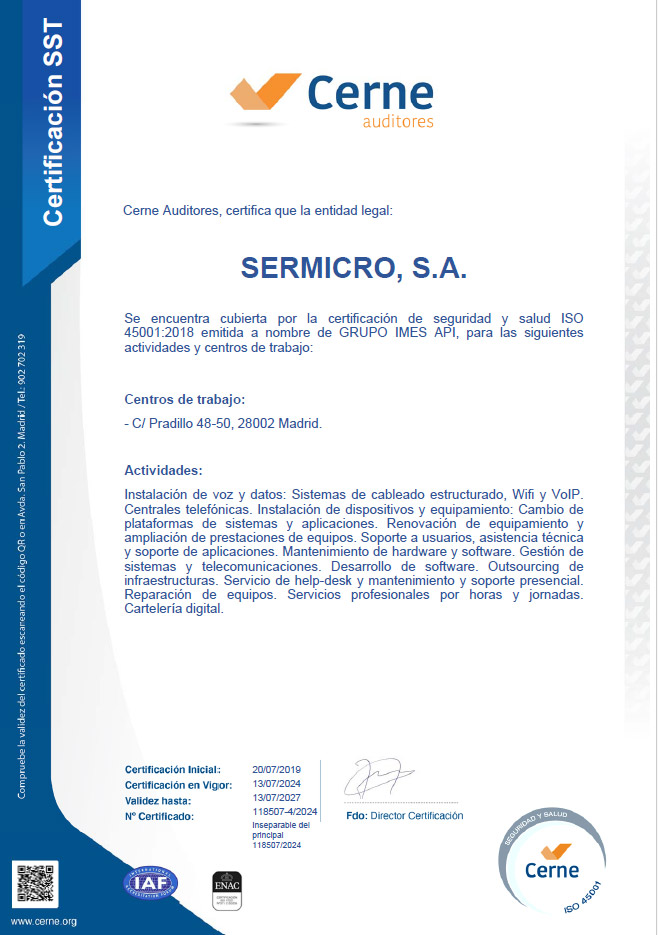

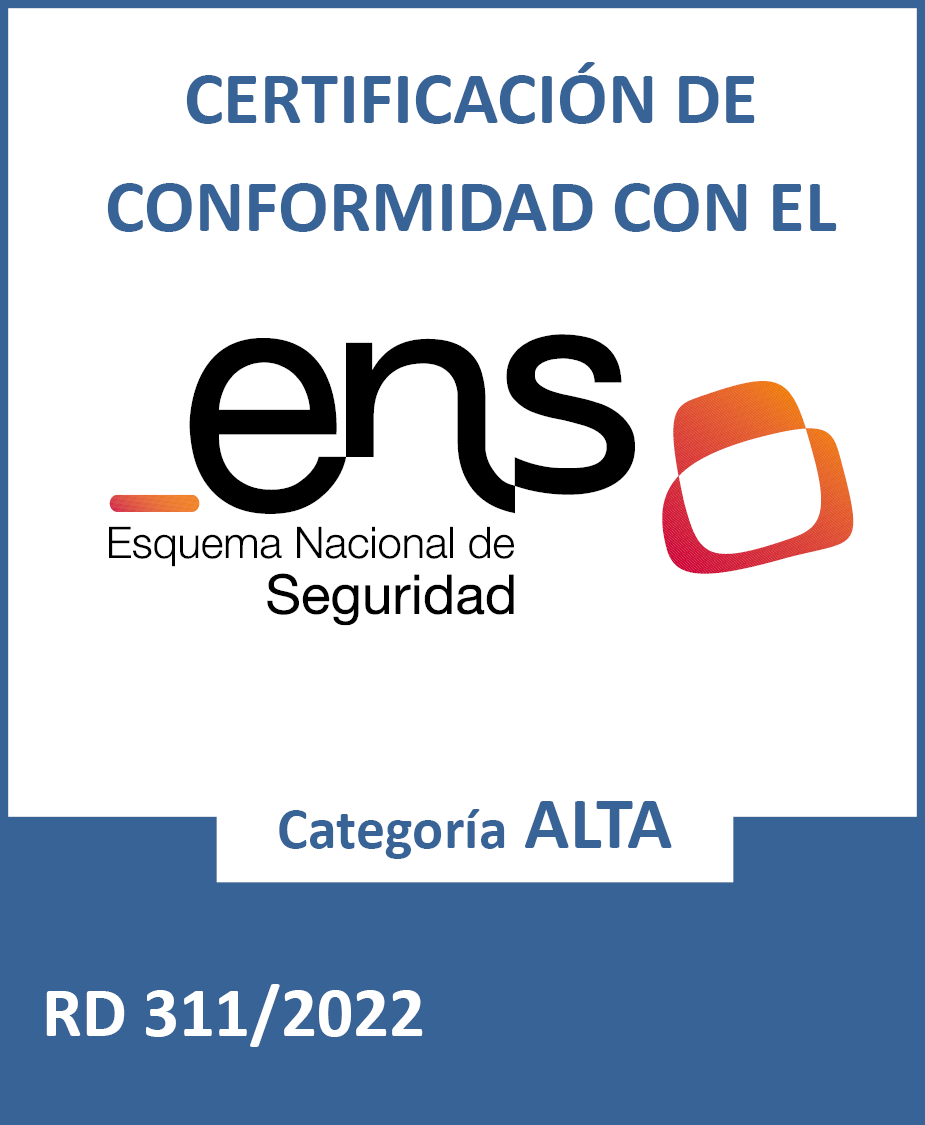
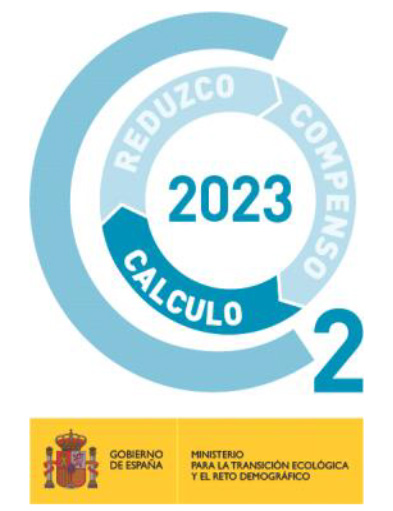
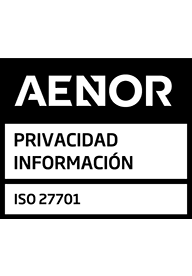



 ES
ES PT
PT


